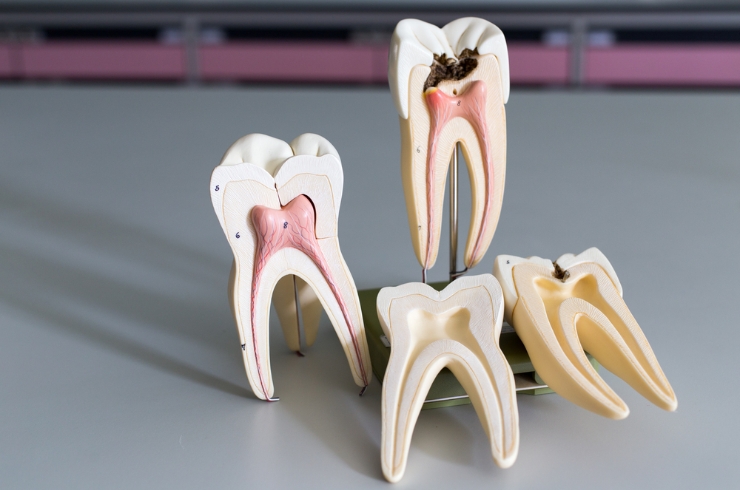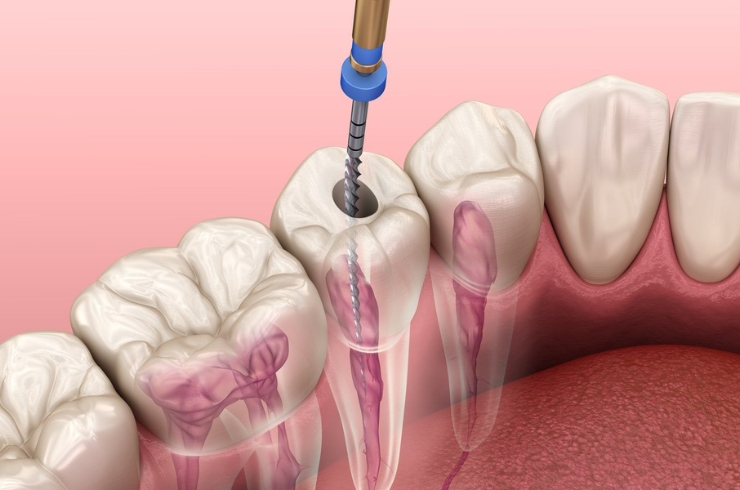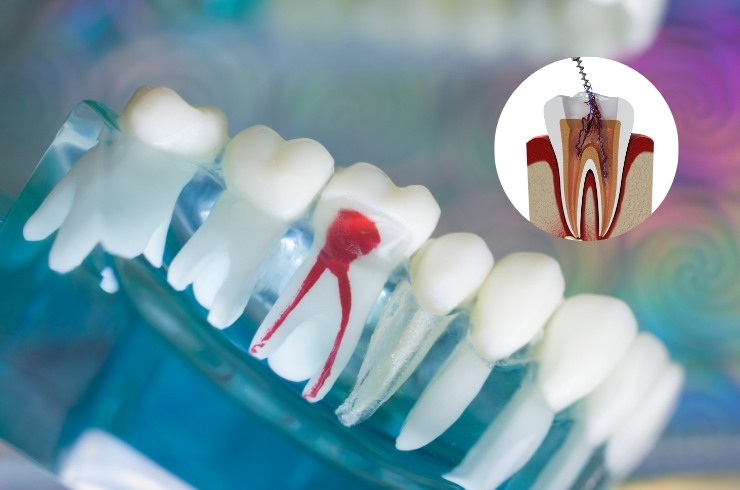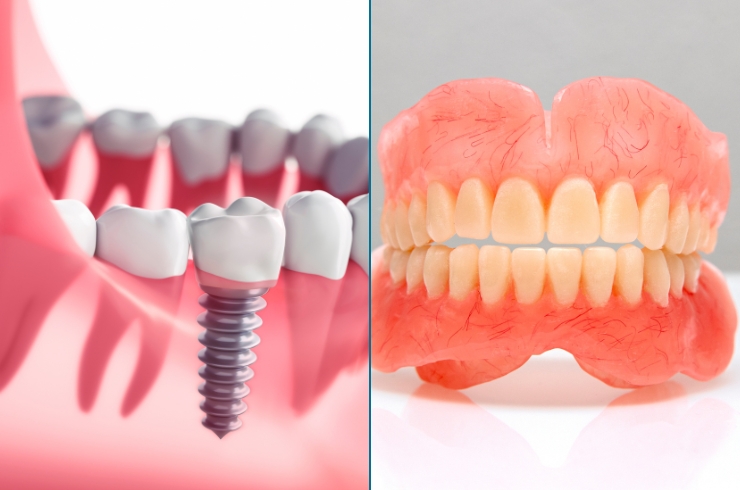(817) 465-3454
A Guide to Root Canal Recovery Time

So, you’ve conquered the root canal. Congratulations! While the procedure itself might be over, the journey to a fully healed smile is just beginning. But fear not, brave adventurer! This guide will equip you with the knowledge and tips you need to navigate the often-mysterious realm of root canal recovery time.
What to expect from root canal therapy
The initial hours after your root canal therapy might be slightly numb due to the anesthesia. This is perfectly normal. Once the numbness fades, you might experience some discomfort or soreness around the treated tooth. This is usually manageable with over-the-counter pain relievers like ibuprofen or acetaminophen. Swelling is also a common occurrence, peaking within 2-3 days after the procedure. Don’t panic! Applying a cold compress to your cheek can help reduce the puffiness.
Root canal therapy aftercare tips:
- Pain management: Stick to your dentist’s recommended pain medication schedule. Don’t exceed recommended dosages and avoid combining medications without consulting your doctor.
- Gentle brushing and flossing: Maintain good oral hygiene, but be gentle around the treated tooth. Opt for a soft-bristled toothbrush and avoid harsh flossing techniques.
- Dietary adjustments: Steer clear of hard, chewy, or sticky foods that can irritate the treated tooth. Opt for soft, easily digestible foods like soups, mashed potatoes, and yogurt.
- Temperature sensitivity: The treated tooth might be sensitive to hot and cold temperatures. Avoid extreme temperatures and opt for lukewarm foods and drinks.
- Rest and relaxation: Your body needs time to heal. Get plenty of sleep and avoid strenuous activities for a few days.
- Follow-up appointments: Don’t skip your scheduled follow-up appointments. These are crucial for monitoring your healing progress and ensuring optimal results.
Red flags to watch out for
While some discomfort is expected, be on the lookout for signs that might indicate complications:
- Severe and persistent pain: If the pain worsens or doesn’t subside with medication, contact your dentist immediately.
- Increased swelling: Significant swelling that worsens or doesn’t improve after a few days requires professional attention.
- Fever or chills: These could indicate an infection and require immediate medical intervention.
- Loose or chipped temporary crown: If your temporary crown feels loose or comes off, contact your dentist to schedule a replacement.
Remember: Communication is key. If you have any concerns or questions throughout your recovery, don’t hesitate to reach out to your dentist. They are there to guide you and ensure a smooth and successful healing journey.
Beyond the basics
While the above covers the essential aspects of root canal recovery, here are some additional tips for a smoother experience:
- Manage stress: Stress can impede healing. Try practicing relaxation techniques like deep breathing or meditation.
- Stay hydrated: Drinking plenty of water helps flush out toxins and promotes healing.
- Use a saltwater rinse: Mix a teaspoon of salt with warm water and gently swish to soothe inflammation.
- Consider pain-relieving gels: Over-the-counter topical gels can numb the area and provide temporary relief.
Recovery timeline for root canal therapy

Fortunately, the majority of individuals typically experience significant improvement within a week or two following a root canal procedure. Nevertheless, it’s important to note that this timeframe is merely an approximation. Each individual’s situation is distinct, and the duration of recovery can be influenced by several factors, including:
- The severity of the infection: If the infection is particularly intricate and necessitates multiple appointments for comprehensive treatment, the healing process may be prolonged.
- Your overall health condition: The state of your overall health can significantly affect the pace at which your body heals. Pre-existing health conditions may either expedite or impede the recovery process.
- Your compliance with aftercare instructions: Adhering closely to the post-treatment guidelines provided by your dentist is paramount for facilitating optimal recovery. Proper care and maintenance following the procedure can significantly contribute to the effectiveness and swiftness of your recuperation.
Conclusion
Root canal recovery might involve some temporary discomfort, but with proper care and a positive attitude, you’ll be back to enjoying your best smile in no time. Remember, you’re not alone in this journey. Your dentist is your partner in healing, so don’t hesitate to seek their guidance and support throughout the process. So, chin up, embrace the healing process, and get ready to conquer your smile once again!




